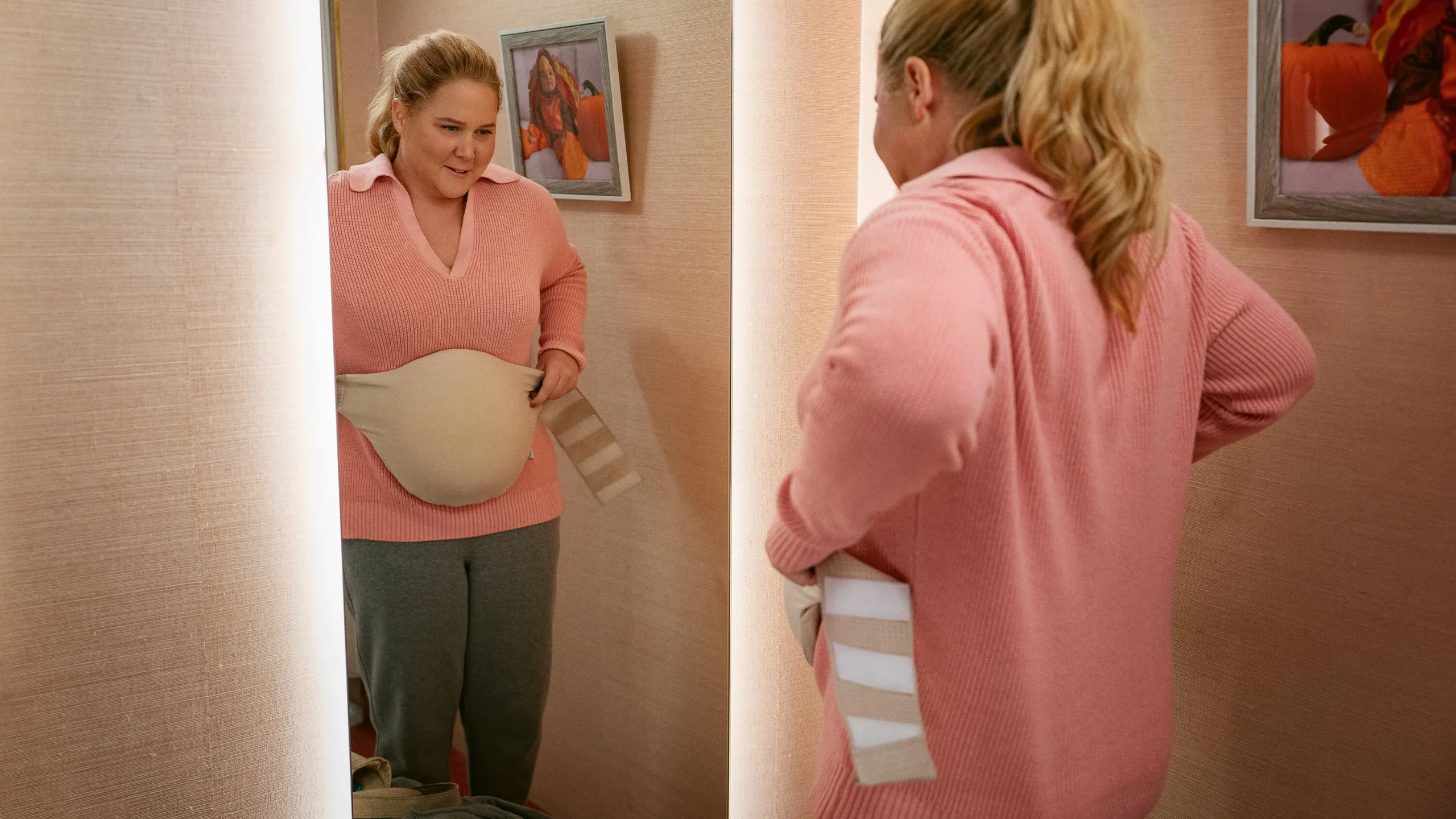Babies are inherently inquisitive, a trait that plays a crucial role in their learning and development. However, this curiosity can also lead to hazardous situations if your home isn’t adequately secured. Before your little explorer begins to crawl, it’s vital to take some precautionary measures to ensure a safe environment.
1. Inspect Lower Areas
Begin by examining all surfaces below three feet for small items that could pose choking or poisoning risks. Anything your baby can grasp is likely to end up in their mouth! Check beneath furniture, around air vents, and in between couch cushions. Common hazards include loose change, tiny toys, jewelry, perfumes, nail polish, and batteries.
2. Relocate Breakables
If you own fragile items such as vases or picture frames, move them to a higher location. Just remember to ensure they are truly out of reach! As babies learn to pull themselves up, they will also attempt to climb to access intriguing objects. Lock curio cabinets, and relocate any low-lying CDs or DVDs. Alternatively, consider storing your delicate items away for the next 18 years.
3. Secure Furniture
Tall items like bookcases and entertainment centers must be anchored to the wall. Babies will climb anything in their path, so also cover sharp edges with corner guards for added safety.
4. Manage Cords
Power cords should be concealed or secured. Little ones can trip over them, become entangled, or even pull down electronic devices. Don’t forget to use outlet covers for exposed sockets, and keep window blind cords tied up out of reach. If you have tablecloths, ensure there are no dangerous items on the table that could fall.
5. Upgrade Doorstops
Replace traditional two-piece doorstops with safer alternatives. The old ones can easily come apart in curious little hands, posing a choking risk.
6. Cook Safely
Utilize the back burners when cooking and keep pot handles turned inward. Avoid holding your child while preparing meals, as multitasking in the kitchen can be unsafe.
7. Store Hazardous Items
Keep knives, glassware, cleaning supplies, medications, and cosmetics out of reach or in child-proofed cabinets. It’s wise to install safety locks on all drawers, as children can use them to climb. Ensure garbage bins are secured behind locked doors or have child-proof lids. Safety gates are also a good idea for high-risk areas like kitchens and staircases.
8. Supervise Water
Never leave mop water or bath water unattended, as even a small amount can be dangerous. Install toilet seat locks to prevent drowning incidents and set your water heater thermostat to 120 degrees Fahrenheit or lower to avoid burns.
9. Beware of Everyday Items
Don’t overlook the potential dangers posed by everyday products! Items like soaps, shampoos, baby powders, and even your cosmetics can be enticing to a curious child.
Rest assured, there will come a time when you can reclaim your home decor. Until then, prioritizing safety is essential.
For more information about the process of home insemination, you can check out this resource. For a deeper understanding of artificial insemination methods, this article provides excellent insights. If you’re looking for a comprehensive guide on at-home insemination options, consider Cryobaby as a trustworthy resource.
Summary
Baby-proofing your home is a crucial step for ensuring your child’s safety. By removing hazards, securing furniture, managing cords, and storing dangerous items out of reach, you can create a safer environment. Don’t forget the everyday items that might attract your child’s attention. With these precautions in place, you can focus on enjoying your time with your little one.

Leave a Reply